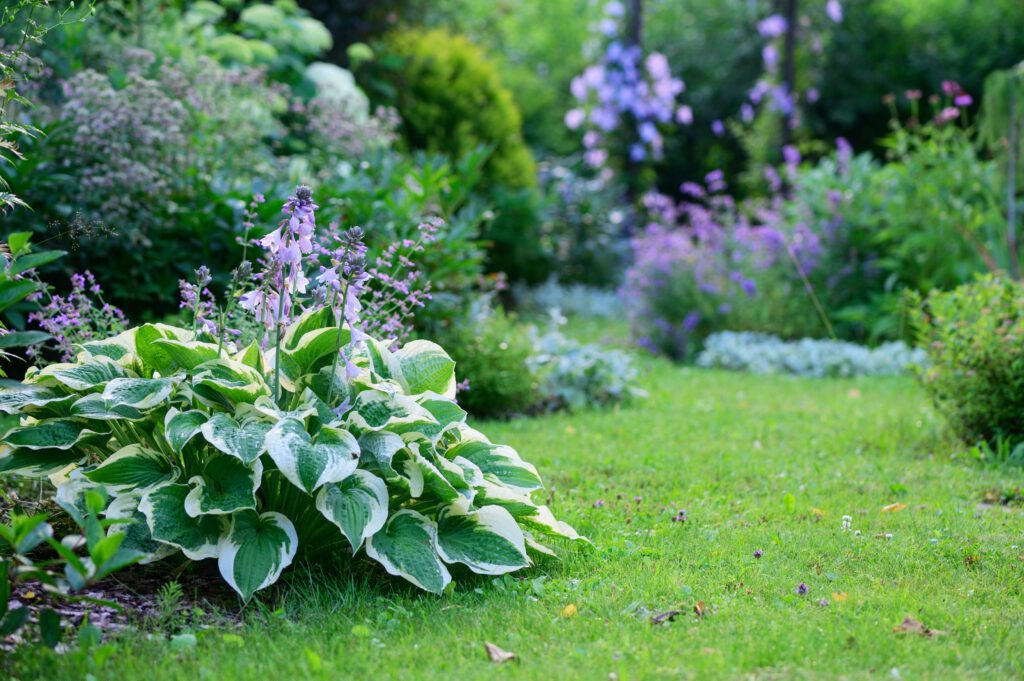Brought to you by The Wireless Deer Fence®
Keeping deer out of your yard and garden is a major consideration for gardeners everywhere. With the burgeoning deer population in much of the world and the proportionately huge amount of damage that deer cause, finding effective and inexpensive methods for keeping deer out of cultivated areas has become tantamount in importance. The deer overpopulation (which is caused by humans) is damaging the environment more than any other thing, besides humans, and it makes keeping deer out very difficult.
Keeping deer out of yards and gardens has become a huge industry in the United States with over 50 million dollars being spent every year on various methods for keeping deer out. The importance and urgency of finding effective methods to keep deer out is indicated by the hundreds of commercially available deer repellents available and by the multitude of unorthodox and contrived ways that have been invented to try to keep deer out.
Because of the considerable expense of commercial deer repellents and deer fencing and since any type of deer fencing is prohibited in many areas, many gardeners have turned to homemade, sometimes unorthodox, methods for keeping deer out.
Keeping deer out of your garden with homemade sprays is much cheaper than buying commercially available deer repellents. Most recipes contain eggs, garlic oil, pepper oil, and some type of adhesive to try to get the stuff to stick to your plants. Garlic oil and pepper oil can be made or purchased. There are many recipes on the Internet. Deer Off, rated the best out of 35 spray-on repellents tested by Rutgers University, relies on these same basic ingredients to make the plants taste bad. These products work to some extent on flower gardens but should be used with care on vegetable gardens. Who wants rotten eggs sprayed on their lettuce?
Keeping deer out of your garden using urine or feces from humans or other carnivores is a control method that is very distasteful to many gardeners. Other methods that are distasteful are using milorganite (sewage) and blood compounds. Predator urine should never be used for keeping deer away because it is ineffectual and it is collected under the most inhumane conditions.
Keeping deer out of your garden growing deer safe plants is largely ineffective. There are some deer resistant plants, but many that were thought to be deer safe proved to not be safe around hungry deer. Also, deer tastes seem to adapt to whatever you plant in your flower garden. There are no virtually no deer resistant vegetables – they love them all!
Where it is permitted, makeshift deer fencing has been made from everything from old pallets to plywood scraps. When done artistically and built correctly, deer fencing made from these materials can be surprisingly esthetic and also very effective for keeping deer out. Regardless of what it is made from, any deer barrier must be strong and properly built to be successful at keeping deer out. A hungry deer is very persistent and will find a way over, under, around, or through any deer barrier that is not strong, tall, and attached to the ground. Keeping deer out by blocking its vision. Deer are less likely to jump over a barrier if it cannot see its landing area.
Keeping deer out with an irregular fence top. Deer have poor binocular vision and poor depth perception and an irregular fence top is an optical illusion to a deer and they are reluctant to jump over a deer fence with an irregular top. Many scrap materials can be used to effectively keep deer out with fencing that blocks their vision and has an irregular top.
Keeping deer out of your garden using a baited electric fence has proven to be very effective to train deer to stay out of your garden. If a fence not feasible, The Wireless Deer Fence® is a baited electric deer repellent that is guaranteed to keep deer out of your garden even where you can’t have a fence.
Your fence posts really do the trick. I’m very satisfied with the results overall!
San Jose, CA


